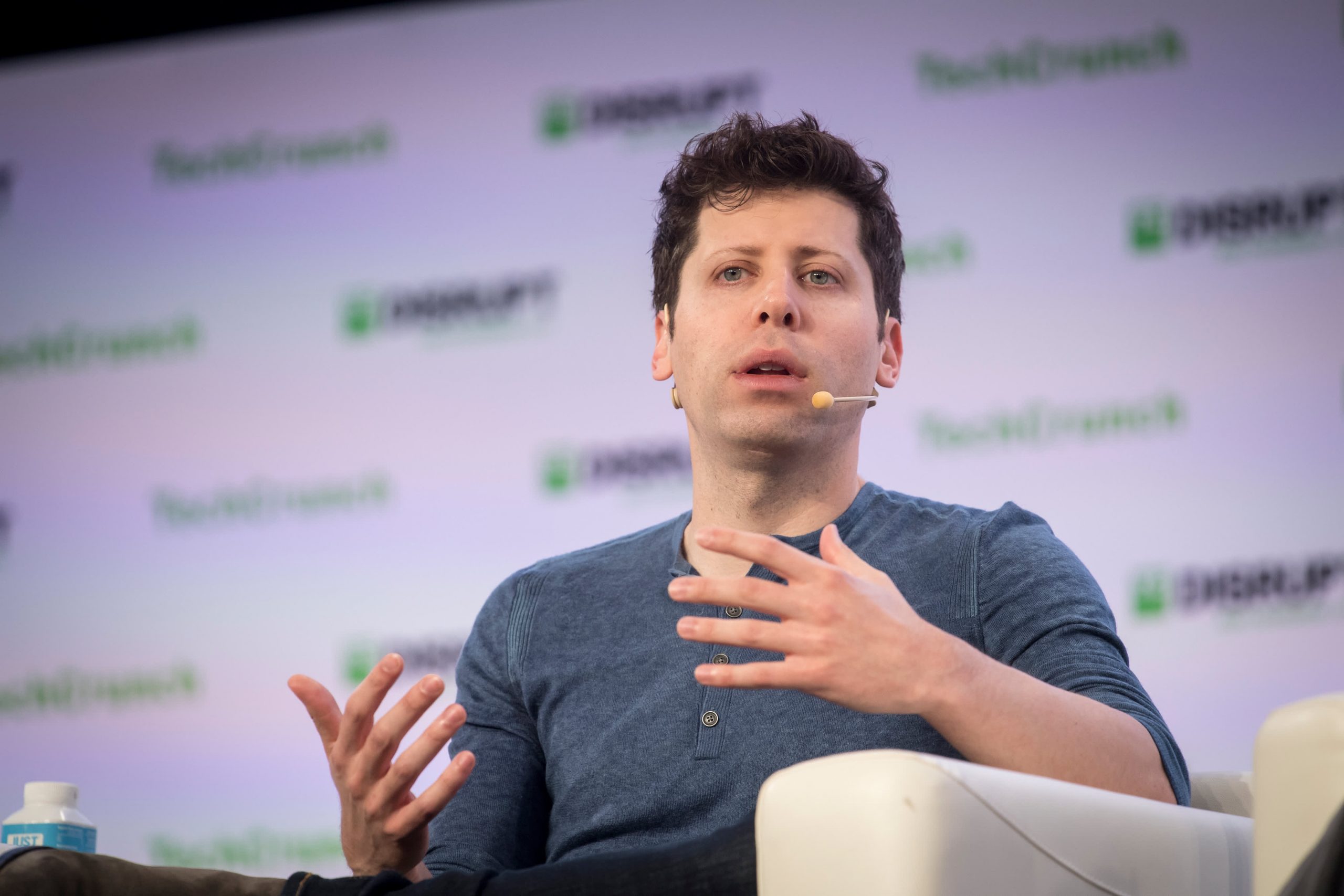ChatGPT has rapidly risen through the ranks to become the fifth most visited website in the world, but there are differences in how people of different age-groups are using the service.
OpenAI CEO Sam Altman has shed light on diverging usage patterns that he’s seeing with ChatGPT. Altman highlighted a fascinating generational divide — he suggests younger users are integrating ChatGPT into their lives in far more complex and fundamental ways than older generations, treating it almost like a digital operating system.

“What are the cool use cases you’re seeing young people using with ChatGPT that might surprise us?” Altman was asked at the AI Ascent event. “They really do use it like an operating system,” Altman replied. “They have complex ways to set it up, to connect it to a bunch of files. They have fairly complex prompts memorized in their head or stored somewhere they paste in and out,” he added.
“That stuff, I think, is all cool and impressive. There’s just another thing where they don’t really make life decisions without asking what they should do. It has the full context on every person in their life and what they’ve talked about. The memory feature has been a real change there,” Altman said.
Altman said that older people weren’t using ChatGPT in the same way. “It’s a gross oversimplification, but older people use ChatGPT as a Google replacement. Maybe people in their 20s and 30s use it as a life advisor or something. And then people in college use it as an operating system,” he said.
Altman’s “operating system” analogy for college-aged users is particularly striking. It suggests a generation viewing AI not merely as a tool for discrete tasks like searching for information (the “Google replacement” model) or drafting text, but as a foundational layer for organizing their digital lives and even influencing significant personal choices. The mention of connecting files and using complex, memorized prompts points towards a future where interacting with AI is a deeply embedded, highly personalized workflow, far removed from simple question-and-answer interactions. And if these trends continue, and these young people enter the workforce, AI could end up being an operating-system like layer which underpins all our digital interactions.
